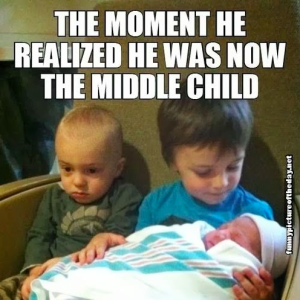“With over sixty million images uploaded onto Instagram everyday, it seems we are all trying to find a version of ourselves that gets the most positive feedback—or the most ‘likes’.” As a young woman myself, I definitely feel the pressure of having to confine to society’s opinion of beauty. Since it is 2015, social media is now a basic use in everyday life. It made me wonder if how often we use social media is rising, if the negative effects of social media is rising as well?
Negative effects of Social Media
Pinterest has recently acknowledged that it is a big enough issue to ban “thinspiration” pin boards, where pinterest members would post links that would relate to extreme weight loss as it was damaging to the users’ self image. Dove published a survey that showed “over half (54%) of women globally agree that when it comes to how they look, they are their own worst beauty critic, which equates to a staggering 672 million women around the world.” This survey shows that it is clearly a big enough problem that social media has a great amount of effect on how women perceive themselves. Research from the University of Buffalo indicated that girls are now basing their self worth on their appearance, and are most likely to post pictures on social media for any sort of validation. According to a recent Dove study “82 percent of women feel the beauty standards set by social media are unrealistic and almost three quarters of women believe social media comments critiquing women’s beauty are destructive to their self-esteem.” Also in the survey, Dove announced that with the twitter data they collected, women on twitter wrote over 5 million negative tweets in 2014.
Following Models and/or Celebrities on Social Media
According to some psychologists celebrities have created “highly charged24/7 cycle of unrealistic body images” that teens may aspire to be. Following celebrities can cause a teen to get Dysmorphia, a condition in which there is dissatisfaction with body appearance. Self-criticism has become a main thing in online media, and now with the factor of celebrities and models where their bodies are sometimes airbrushed or edited. The looks of models and celebrities realistically only fit a small percentage of girls and boys in real life, yet every teen girl aims for that look. In an interview with model Britney Kelleher (huffingtonpost.com/dr-gail-gross/celebrity-influence-on-your-teens-body-image_b_7233856.html) she says, “of course media makes you think you’re not good enough. Like if you don’t starve yourself, you are never going to fit in, be able to be a model. You’re not the ideal size or look.”
More than just Self esteems issues
In a study by the Keep it real campaign, 80% of all ten year old American girls have been on a diet. In an article “An Intervention for the Negative Influence of Media on Body Esteem” did an experiment and found ”that the association between initial risk for disordered eating and subsequent thinness expectancy endorsement was much smaller in an average-size model image-viewing group than in a controlled or thin model image-viewing group.” In the Effects of the Media on Body Image article they mention “national eating disorder Association reports that in the past 70 years national rates of incidences of all eating disorders have dramatically increased across the board . . . Bulimia in women between the ages of 10 to 39 has more than tripled.”
How to fix the problem
What we see on social media is just plain unrealistic and sometimes even unhealthy, and the majority of the women in America are the true idea of beauty. Recently, some celebrities have been posting photos with no makeup and photos that are pre edited to show the young women that follow them that you can still be beautiful without having to alter your look. Dove also has launched a campaign called #speakbeautiful dedicated to make social media a more positive
atmosphere for women and people in general.
https://www.youtube.com/watch?v=_cncxoJPwBw






